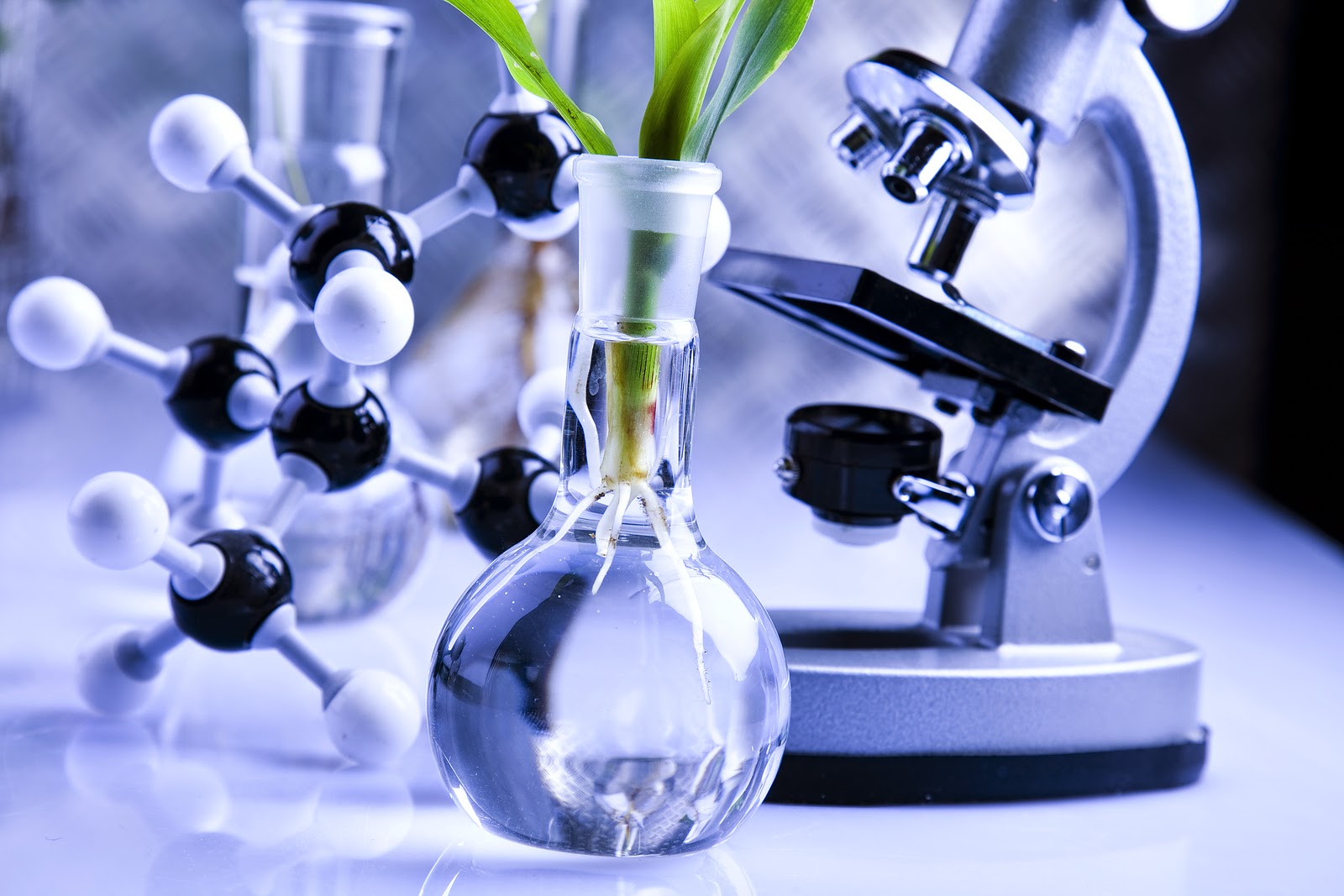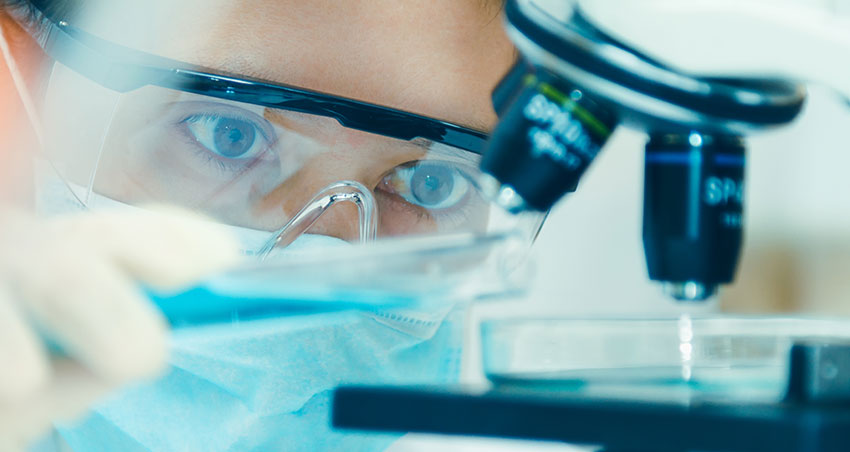Hey readers! Welcome to Trendphobia, in the realm of creativity and innovation, an exciting and unique collaboration is emerging between the worlds of biotechnology and art. As scientific advancements continue to push boundaries, artists are finding new ways to integrate biological materials, genetic engineering, and cutting-edge technologies into their creative processes. This intersection of biotechnology and art not only challenges traditional notions of art but also opens up new avenues for expression, exploration, and dialogue. In this blog post, we will delve into the captivating fusion of biotechnology and art, exploring how these two seemingly disparate fields are converging to create thought-provoking and visually stunning works of art.
Bioart of Biotechnology

Bioart is a fascinating discipline that combines scientific concepts and techniques with artistic expression, blurring the boundaries between art, biology and technology. Through the use of living materials such as bacteria, cells or plants, bioartists are able to explore themes related to nature, life, identity and the relationship between humans and the environment. This unique fusion not only challenges traditional notions of art but also provides a platform for artists to engage with the intricacies of living organisms, genetics and bioengineering.
Genetic Engineering as a Medium of Artistic Expression

Genetic engineering plays a pivotal role in the intersection of biotechnology and art, allowing artists to push the boundaries of creativity and challenge conventional norms. This innovative approach not only showcases the immense potential of genetic engineering but also highlights the profound impact it can have on artistic expression and the broader cultural conversation.
Interactive Installations and Immersive Experiences

Biotechnology and digital technologies have ushered in a new era of art experiences, marked by interactive installations and immersive encounters. Moreover, these captivating artworks seamlessly integrate scientific concepts and artistic expression, forging a harmonious blend of disciplines. By leveraging biofeedback systems and immersive environments, audiences actively engage with living organisms and partake in simulated biological processes, fostering a profound sense of participation and connection.
You may also read Journey into the Dark Web: Unveiling the Unseen Depths
Ethical Considerations and Public Perception

The convergence of biotechnology and art also raises important ethical considerations. As artists delve into the realm of genetic manipulation and living organisms, questions inevitably arise regarding the boundaries of artistic expression, the potential impact on ecosystems and the ethical implications of manipulating life itself. Consequently, it becomes crucial for artists, scientists and the general public to engage in dialogue and reflection on these ethical concerns, fostering responsible and thoughtful practices within the field.
The Future of Biotechnology in Art

The fusion of biotechnology and art represents an ever-evolving field with immense potential for creativity, innovation, and scientific exploration. Moreover, as technologies continue to advance, artists will have an even broader array of tools and techniques at their disposal to create breathtaking and conceptually rich artworks. Ultimately, this dynamic synergy between biotechnology and art will not only redefine artistic expression but also pave the way for groundbreaking discoveries and transformative experiences.
Also read: The Blockchain Revolution: Reshaping Industries and Beyond
Collaborations between Artists and Scientists

The intersection of biotechnology and art has fostered collaborations between artists and scientists, leading to exciting interdisciplinary projects. By bringing together their unique perspectives and expertise, artists and scientists can collaboratively create artworks that not only push the boundaries of artistic expression but also contribute to scientific research and enhance public understanding of complex scientific concepts. Consequently, they result in the development of innovative and impactful works that inspire both creativity and scientific advancement.
Trendphobia believes that the intersection of biotechnology and art represents a captivating and unique convergence of scientific innovation and artistic expression. Through the fusion of genetics, living materials, and cutting-edge technologies, artists are not only creating thought-provoking and visually stunning artworks but also challenging traditional notions of art and inspiring new ways of thinking. As this field continues to evolve, it will undoubtedly unleash even greater creativity, pushing the boundaries of what is possible and sparking meaningful conversations about the intersection of science and art in our society.
Frequently asked questions and answers
Q: What are some examples of biotechnology in art?
A: Examples of biotechnology in art include bioart installations, where artists use living materials such as bacteria, cells, or plants to create living artworks. Genetic engineering is also utilized to modify the genetic codes of organisms, resulting in visually striking and conceptually rich pieces. Interactive installations and immersive experiences that simulate biological processes are other examples.
Q: What is the intersection of biotechnology and art?
A: The intersection of biotechnology and art refers to the fusion of scientific principles, genetic engineering, and living materials with artistic expression. It allows artists to explore and create works that incorporate biological processes, genetics, and cutting-edge technologies.
Q: What are some examples of biotechnology in art?
A: Examples of biotechnology in art include bioart installations, where artists use living materials such as bacteria, cells, or plants to create living artworks. Genetic engineering is also utilized to modify the genetic codes of organisms, resulting in visually striking and conceptually rich pieces. Interactive installations and immersive experiences that simulate biological processes are other examples.

Thanks for Reading 😊
You may also read:
- Top 5 VPNs of 2023: Protecting Your Online Privacy and Security
- E-Learning: The Future of Education
- Making Money with Tech: Unleashing the Power of Innovation
- Cryptocurrency: Exploring the Exciting Realm of Digital Money

[…] Biotechnology and Art: Unleashing Creativity through Science […]
[…] Also Read Biotechnology and Art: Unleashing Creativity through Science […]